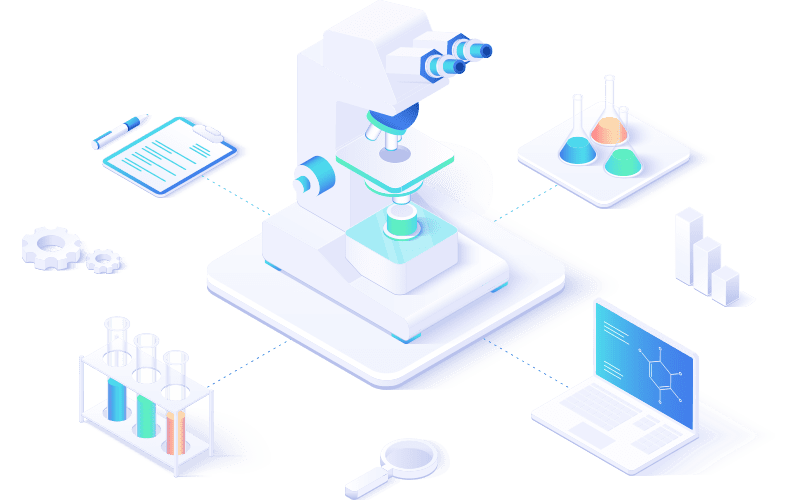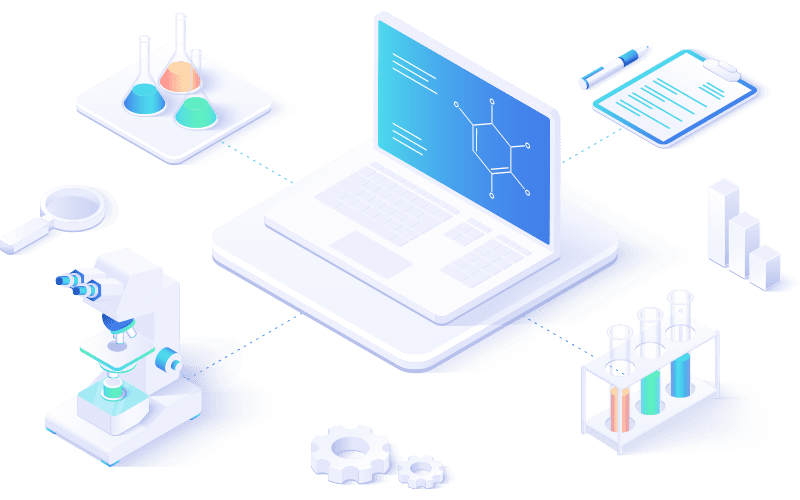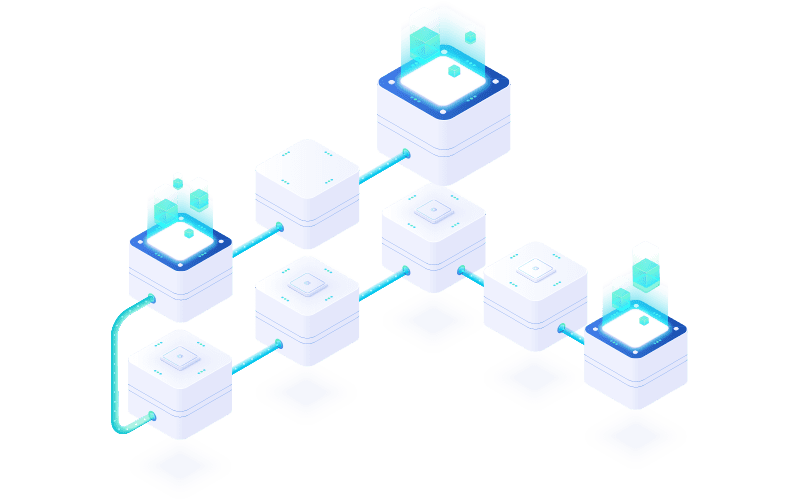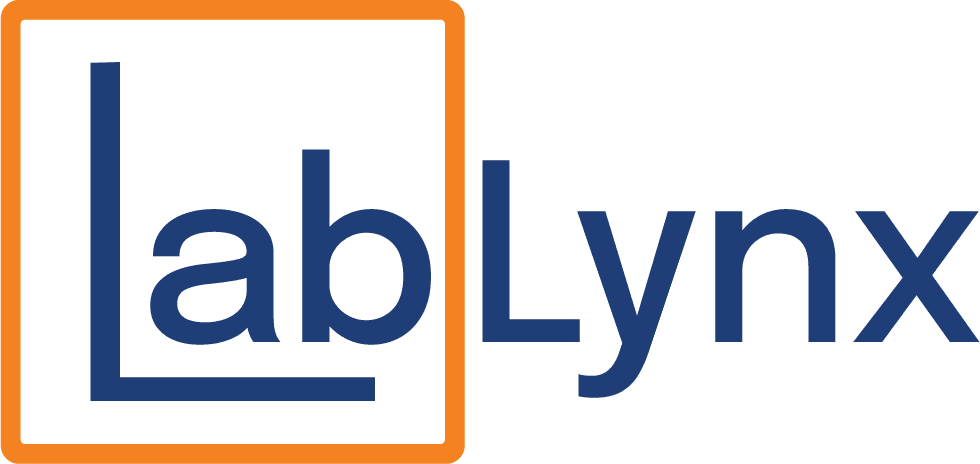
Laboratories across industries are generating more data than ever before. Managing that data effectively is essential for staying competitive, meeting compliance standards, and delivering reliable results. Two of the most powerful digital tools labs rely on are Laboratory Information Management Systems (LIMS) and Electronic Laboratory Notebooks (ELN). While they each serve unique purposes, using them together can unlock new levels of efficiency, accuracy, and collaboration.
This article breaks down the key differences between LIMS and ELN systems and explains how they can work together to optimize lab operations from end to end.
What Is a LIMS?
A Laboratory Information Management System (LIMS) is a software solution designed to manage the operational aspects of a lab. It helps labs track samples, standardize workflows, manage resources, and ensure regulatory compliance. LIMS platforms are especially valuable for high-volume, process-driven environments such as clinical, diagnostic, and quality control laboratories.
With LIMS, labs can automate repetitive tasks, eliminate paperwork, and gain full visibility into every stage of the sample lifecycle. Features often include sample tracking, chain of custody, instrument scheduling, inventory management, and integration with external systems or instruments.
What Is an ELN?
An Electronic Laboratory Notebook (ELN) is a digital platform that replaces traditional paper notebooks used by scientists to record their work. ELNs are designed to document experiments, observations, calculations, and research notes in a secure and searchable format.
Unlike LIMS, which focuses on operational efficiency, an ELN supports the creative and intellectual side of scientific research. It allows users to capture structured and unstructured data, insert images and graphs, collaborate with team members, and maintain a comprehensive archive of scientific thinking and discoveries.
How LIMS and ELN Differ
LIMS and ELN systems are both essential for modern laboratories, but they serve very different functions:
- Primary purpose: LIMS handles sample and workflow management, while ELN focuses on documenting experiments and scientific insights.
- User focus: LIMS is typically used by lab managers and technicians who oversee logistics and compliance. ELNs are used by researchers and scientists who design and conduct experiments.
- Data structure: LIMS deals mostly with structured, repeatable data. ELNs manage narrative and exploratory content that may vary by experiment.
- Compliance: LIMS systems are heavily geared toward regulatory standards such as CLIA, ISO, and FDA. ELNs are more flexible but still play a role in traceability and audit readiness.
- Workflow: LIMS supports automation and standardized processes. ELNs promote flexibility and scientific creativity.
These distinctions are important when deciding how to deploy each tool in a way that matches your lab’s needs.
Why Integration Matters: The Power of Combining LIMS and ELN
When labs connect their LIMS and ELN systems, the result is a more complete and efficient digital ecosystem. Integration allows for seamless data exchange between sample management and experimental documentation, leading to better outcomes for labs and their clients.
Streamlined Workflows
Integrated systems reduce manual data entry and connect the dots between samples, test results, and scientific context. For example, a sample tracked in the LIMS can automatically appear in the ELN for associated experiment records, and vice versa.
Increased Data Integrity
By linking LIMS and ELN platforms, labs reduce the risk of errors caused by duplicate or inconsistent data entry. This creates a single source of truth across the organization and enhances data accuracy across both operational and research activities.
Stronger Collaboration
Scientists, technicians, and lab managers all benefit from having access to both systems. Researchers can reference sample metadata directly in their ELNs, while lab managers can see real-time updates on ongoing experiments, resource usage, and instrument demand.
Smarter Decision Making
Having integrated data from both systems helps labs make faster and more informed decisions. Whether it’s identifying a delay in a testing process or reviewing historical experiment outcomes, teams can act quickly with confidence in their data.
Real-World Examples of LIMS and ELN in Action
Quality Control Labs
A QC lab uses LIMS to manage testing protocols and regulatory documentation. ELNs are used to log any observations or nonconformities during the testing process. Together, they provide a complete record of both the results and the real-time insights that influence decision-making.
R&D Laboratories
Research labs benefit from ELNs for documenting ideas, hypotheses, and evolving experiments. A connected LIMS system provides structure by managing reagents, instruments, and test protocols, creating a balance between creativity and consistency.
Clinical and Diagnostic Labs
These labs often have strict compliance needs, making LIMS indispensable. ELNs provide a flexible space to add notes, patient context, and interpretive data that may not fit into a rigid workflow. The result is more comprehensive, context-rich records.
Choosing the Right Tools for Your Lab
Before selecting a LIMS or ELN—or both—consider the following questions:
- Is your lab focused on routine testing, research, or both?
- Do you need structured workflows, flexible documentation, or an integration of the two?
- What are your regulatory and audit requirements?
- Will the system grow with your lab and support your future needs?
Modern platforms, including those offered by LabLynx, are built to support both LIMS and ELN capabilities in a modular way. This means you can start with what you need now and expand as your lab evolves.
Looking Ahead: The Future of Lab Informatics
As laboratory science becomes more complex, the need for interoperable digital solutions grows. Future-ready labs will not treat LIMS and ELN as isolated tools. Instead, they will integrate them into a unified system that supports collaboration, enhances productivity, and ensures data integrity across every stage of the lab process.
This convergence is already happening, and labs that adopt integrated systems today will be better positioned to meet tomorrow’s challenges with agility and confidence.
Conclusion
LIMS and ELN systems each bring immense value to laboratories, but their combined potential is even greater. By understanding their unique strengths and integrating them into a single, cohesive workflow, labs can boost efficiency, improve accuracy, and empower teams to do their best work.
Whether you’re managing a high-throughput clinical lab or an innovative research facility, embracing both LIMS and ELN is a strategic step toward a smarter, more connected lab environment.
Interested in learning how LabLynx can help integrate LIMS and ELN for your lab? Contact us today to schedule a personalized demo.
Accelerate Your Lab's Success & Experience LabLynx
"*" indicates required fields
Explore the LabLynx Suites

LIMS Suite
Seamless Sample and Workflow Management
The LabLynx LIMS Suite empowers laboratories with the tools needed to manage samples, workflows, compliance, and more in one centralized system. It’s the backbone for labs seeking efficient, reliable, and scalable management solutions.

ELN Suite
The LabLynx ELN Suite offers a modern approach to managing lab data and experiments. With its secure, intuitive platform, your team can record, store, and collaborate effortlessly, supporting innovation every step of the way.

Lab Automation
Automate for Efficiency and Growth
Streamline operations and boost productivity with the LabLynx Lab Automation Suite. Designed for labs ready to embrace advanced automation, this suite integrates systems, instruments, and workflows to deliver efficiency at scale.

